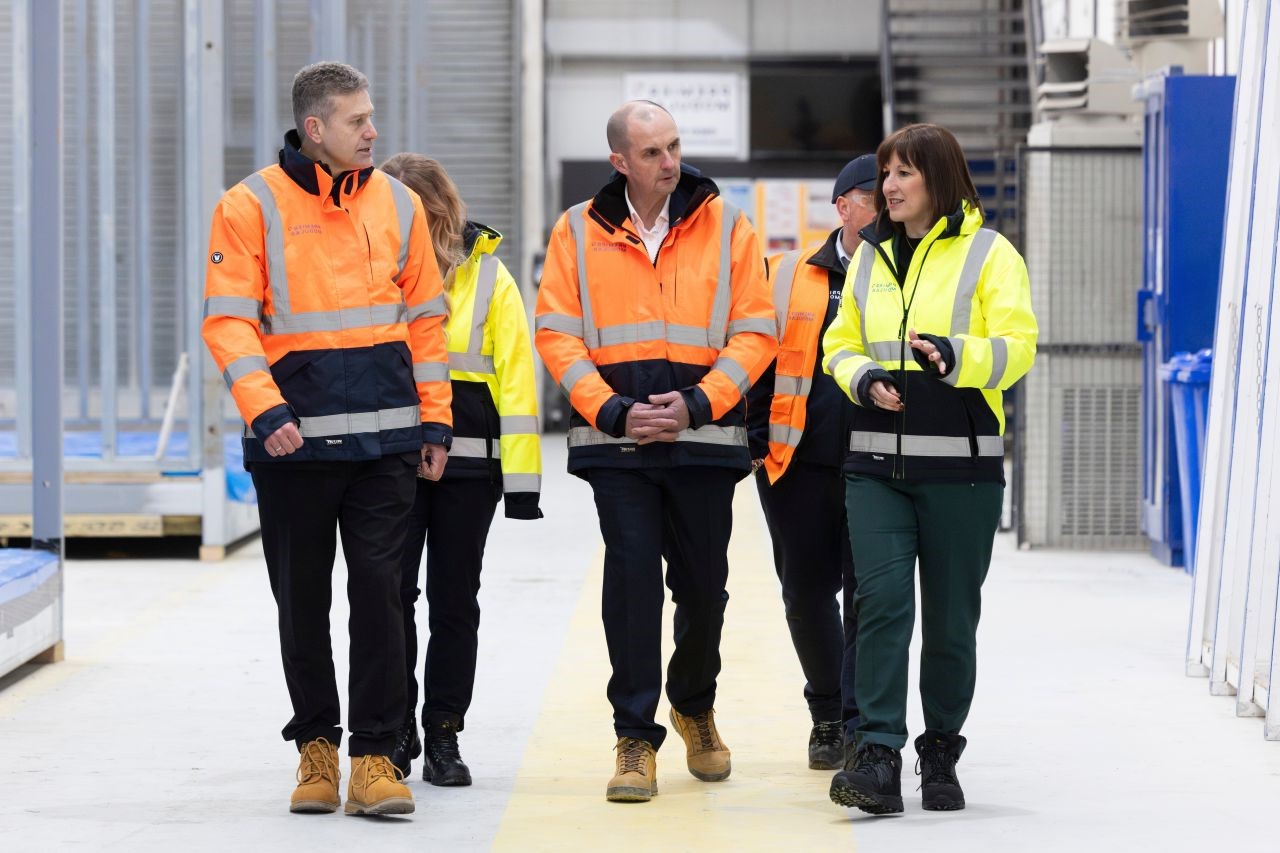ARTICLE
How to make your website more sustainable
You may not think about digital usage or how your website performs when looking at sustainability goals, however, internet usage can surprisingly contribute to carbon emissions. Optimising for website sustainability is one way to reduce your carbon footprint.
There is no doubt that being online is an integral part of life. Globally there are around 5.56 billion people using the internet, which impressively equates to 68% of the world’s population. Whether it’s reading the news on your mobile on the way to work, streaming videos in the evening, or checking your social media, the internet is part of everyday life. The question is, how does a website contribute to carbon footprints?
Modern internet use has created 7.4% of global greenhouse gas emissions. Most digital emissions come from internet infrastructure and data centres, which need huge amounts of electricity for operations and cooling. Whilst we have no control over how much power a data centre uses, the good news is that there are plenty of ways you can tweak your website to reduce its power and data consumption, and therefore become more sustainable.
First, we recommend using a tool like the Website Carbon Calculator to check how much carbon your site is actually using. We believe that small changes can make a big impact, so don’t be disheartened if you get a high score – the tips we’ve outlined below will help you improve your carbon footprint and make your website more sustainable.
Optimise images
Website imagery is important to catch attention and showcase your brand, but one of the biggest contributors to data use on webpages is large images. Reducing image sizes can help lower your website’s carbon footprint. Put simply, the more high-resolution the image, the longer it takes to load and the more energy is used in the process.
Audit the images on your website and review any file sizes that are larger than necessary – a file size of around 500kb, or less, is a good starting point when checking if your images are too big. Try tools such as TinyPNG or Photoshop to compress images and optimise the size.
Embedding videos
Videos are a fantastic way to tell a story in a visually appealing way. If you use videos on your website, hosting them externally using Vimeo or YouTube, rather than embedded directly into your webpage, can help reduce the amount of data transfer on the website.
You can also turn off auto play on videos. Running auto play uses a lot of page data, so having the option for a visitor to press play instead of the video automatically looping will reduce the energy needed to run the page.
Chose a green web host
You may need the help of a web developer or agency for this one, but choosing a green web host is a great way to reduce your digital carbon footprint. Look for hosting providers that use renewable energy for their servers, or invest into offsetting their carbon footprint.
Check if you are using a green web host on the Green Web Foundation’s website.
Use efficient coding
Website code and scripts, like HTML, CSS and JavaScript, can also be optimised to help your website be more energy efficient. Speak to your web team about compressing your code, and removing anything you don’t need, to help reduce the page weight and load time.
Also, take a look at any third-party code that might not be needed anymore. This can be more tricky as third-party code has likely been installed for a good reason, for example Google Tag Manager or video hosting, but it’s good to have a regular audit and remove any code or plugins you no longer use.
Block the bots
Did you know that spam bots account for almost 50% of web traffic? Bot traffic uses a significant amount of data and energy, so preventing bots not only safeguards your website but significantly reduces the overall digital carbon footprint.
You can block bots using reCAPTCHA, using double opt-in or honeypots on forms, or blocking spam comments automatically through your CMS.
Remember, don’t feel overwhelmed if you find out your website is having more of an environmental impact than you thought. Actioning just one of these tips on your website will go a long way towards helping you on your sustainability journey, and we’re confident that together we can help make the internet a little more sustainable. Plus, improving your website sustainability not only benefits the planet, but it will also create a faster loading website that is more accessible for the user.
If you would like to find out more about what Pearl Comms is doing to improve our sustainability, contact us.
Looking for more?
Sign up to our “Pearls of Wisdom” newsletter here.










